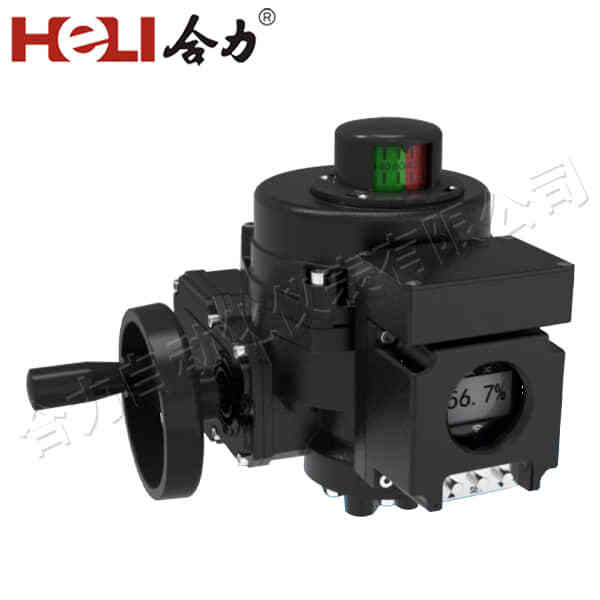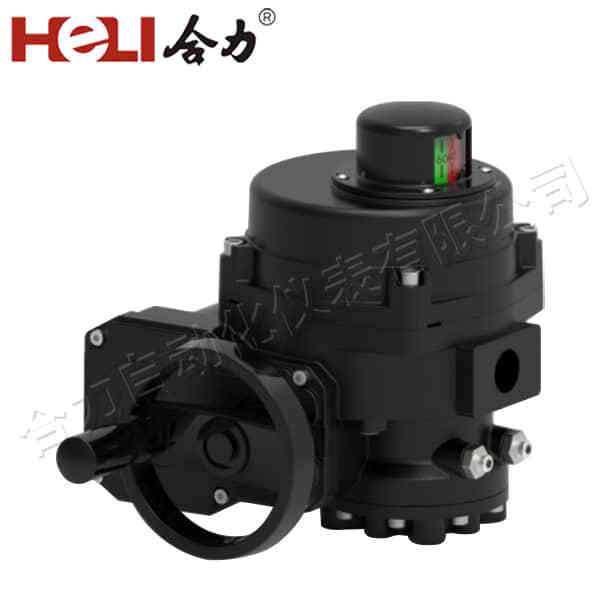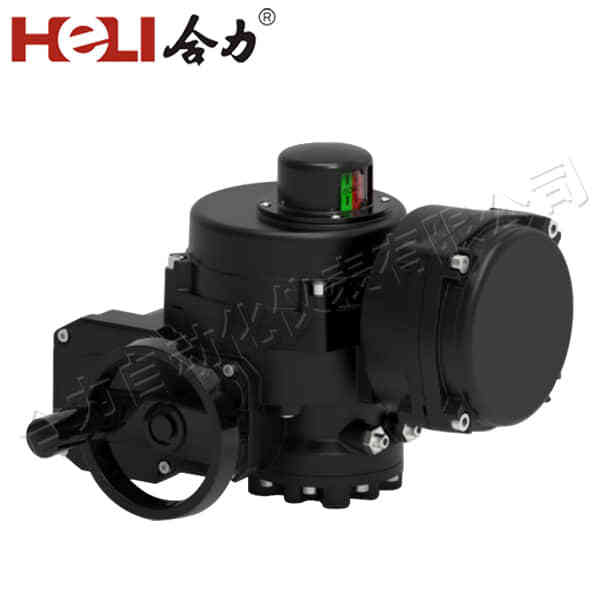Electric actuators are crucial components in modern automation and control systems, converting electrical energy into mechanical motion to perform a variety of tasks. These devices are favored for their precision, reliability, and ease of integration in automated systems. In this article, we will delve into the fundamental principles of electric actuators, their types, and their applications across various industries.

Principles of Electric Actuators

At the core of electric actuators is the principle of converting electrical energy into mechanical work. This conversion is achieved through an electric motor, which drives a mechanism to produce motion. The electric motor may use either direct current (DC) or alternating current (AC), depending on the actuator’s design and application requirements. In DC motors, electrical current creates a magnetic field that interacts with permanent magnets, causing the rotor to spin. In AC motors, alternating current generates a rotating magnetic field that drives the rotor. Electric actuators typically consist of a motor, a gearbox, and a motion-producing component such as a screw or a lever. The motor provides the initial rotational force, which is then modified by the gearbox to achieve the desired speed and torque. The final motion is transmitted to the actuator’s output component, which performs the intended mechanical task.

Leave a Reply